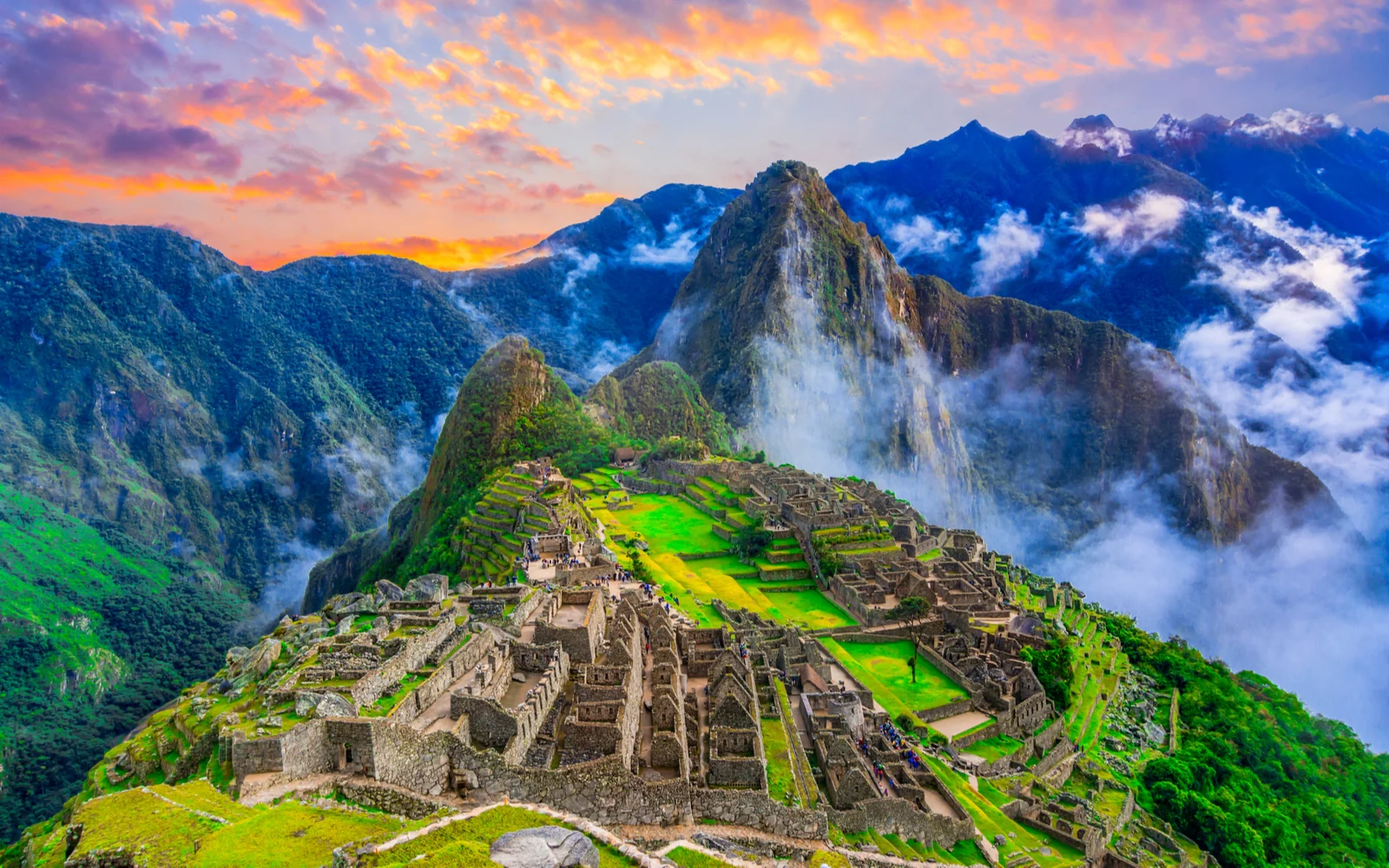Peru is a beautiful destination famed for the magical citadel of Machu Picchu, built deep in the mountains. This country in South America is renowned for its Michelin-star restaurants, vibrant cultures, and rich history, drawing in five million tourists annually.
But is Peru a safe destination to travel to? Rest assured that we have all the answers below for you to determine if Peru is the ideal destination for your next vacation.
Is Peru Safe to Visit in 2024?
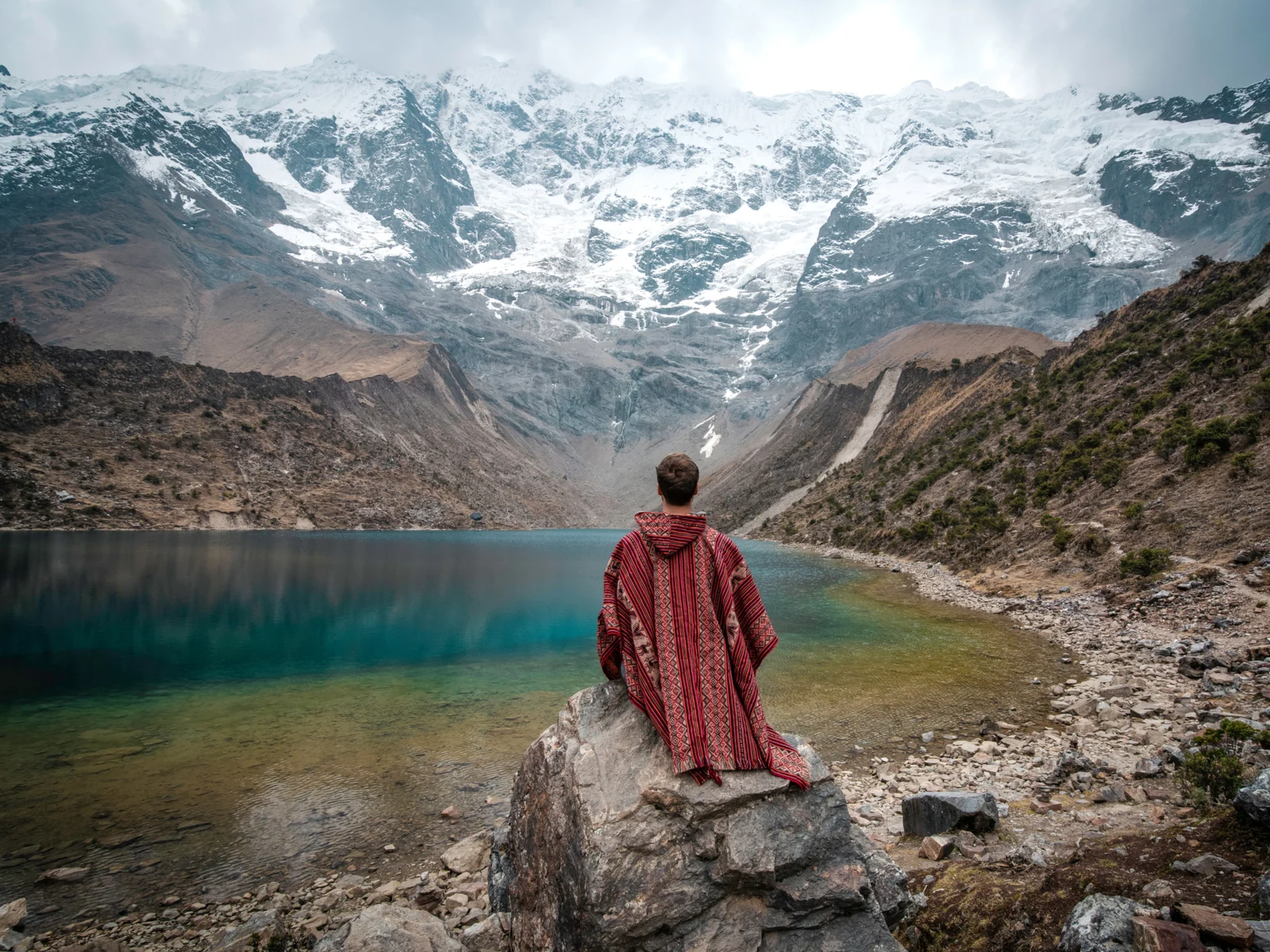
MarinaTP/Shutterstock
Yes, Peru is safe to visit, but like all countries, it has some crime, bad neighborhoods, opportunities for illness, and political instability. But don’t let this deter you.
If safety is a concern, choose a travel agency that provides services like transfers, hotels, and guided tours in advance.
These tours ensure that you have someone on the ground to call in case of an emergency and get from A to B effortlessly with a savvy guide for many parts of your trip.
Pack some medication and be aware of your surroundings when exploring the nightlife scene. With a little precaution, your trip should go without a hitch.
Crime in Peru
While crime is a concern for many travelers, total crime rates in Peru are 73 times lower than those in the United States. Your major concern while traveling in Peru should be petty theft.
Thieves look for opportunities to steal, so avoid giving pickpockets the opportunity by keeping valuables in your hotel safe, stashing bags by your feet when inside of taxis, and hiding your phone when it’s not in use.
The US Department of State has issued Peru a “Level 3: Reconsider Travel” due to crime and Covid-19. Keep in mind that the areas listed for severe crime are outside of major tourist zones. For example, Cusco is a region and the name of a city.
While the region of Cusco has areas with higher rates of crime, those areas are outside of Cusco city. The Shining Path is an organized terrorist group that was prominent between the 1970s and the early 2000s.
The founder and leader Abimael Guzmán was sentenced to life in prison in 1992, and so was the new leader Oscar Ramirez Durand in 1999. Since then, the Shining Path is no longer a major concern for the safety of both tourists and locals.
Avoiding Bad Neighborhoods
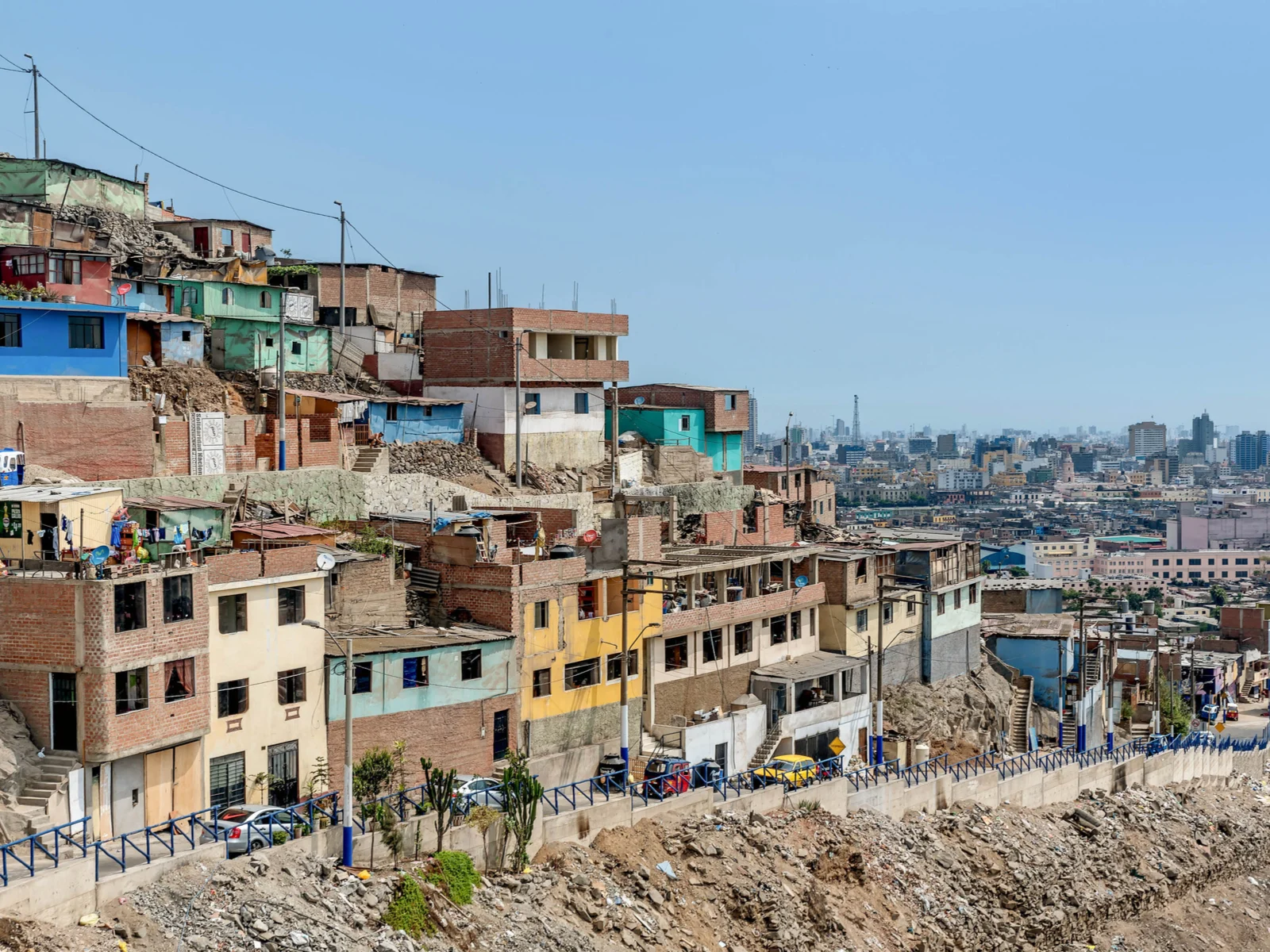
sduraku/Shutterstock
It’s hard to know where not to go when visiting new places, but the majority of hotels in Peru are in safe areas. Outside of Lima, most hotels are located within walking distance of the main plaza or Plaza de Armas.
Usually, the closer a hotel is to the main plaza, the safer the area is. In Lima, the most touristic areas are also the safest areas.
Miraflores, Barranco, and San Isidro are the three best places to stay and have a high presence of tourist police monitoring the streets to ensure safety for all. Avoid staying in hotels in neighborhoods like La Victoria, Callao, and the Downtown Historical Center.
These areas have higher populations, leading to higher crime rates, and are less safe to walk around in at night. Keep in mind that the Jorge Chávez International Airport is located in Callao.
Since most international flights get in after midnight, your taxi to your hotel in Miraflores or Barranco will drive through some neighborhoods that look a little dodgy at first, especially at night.
We recommend that you keep your bags by your feet to deter thieves from getting a glimpse of an expensive handbag from the window.
Sickness in Peru
Other than crime or bad neighborhoods, tourists visiting Peru may experience sickness during their trip. Luckily, there are ways to prevent illness during your Peru vacation.
Firstly, altitude sickness is the main thing to watch out for, though not everyone is affected by altitude. Cusco sits at an impressive 11,152 feet above sea level, which is high enough to bring on symptoms of altitude sickness.
The best way to beat altitude sickness is to take a nap upon arrival, drink plenty of water, and take Sorojchi Pills 24 to 48 hours before arriving at altitude.
The second thing to watch out for is intestinal issues from accidentally drinking the tap water or eating something that doesn’t agree with your digestion. Bring along some medicine for diarrhea, nausea, or an upset stomach just in case.
Peru has endless options for delicious cuisine from highly-rated restaurants. Opt for meals at reputable places to avoid potential tummy troubles.
Politics in Peru
Unfortunately, politics are an unpredictable factor in any vacation. In Peru, when unions or groups strike, they target the railroads to Machu Picchu by blocking the route.
Since tourism is a major industry in Peru, blocking the tracks is a way of getting the government to listen promptly. This means that some trips to Machu Picchu must be rescheduled at the drop of a hat.
Strikes usually only last a few days, but they can literally de-rail your schedule. In 2020, Pedro Castillo became the president of Peru, winning the national election by 50.2%.
The slim win and great divide have prompted various protests, most of which have been peaceful. However, if you find yourself in the midst of the beginnings of a protest, adjust your day to avoid the occurrence as a precaution.
Dangerous Weather
Peru has differing weather patterns throughout its many destinations, but the main ones to keep in mind are the strong sun and the heavy rains. High altitude and Lima summers bring on a high UV index that can cause sunburns if you forget to reapply protection regularly throughout the day.
During the rainy season, certain activities may be unsafe for tourists to enjoy because of the weather. With excess rains, the rapids gain speed, so white water rafting is more dangerous in the rainy season than other times of the year.
Certain hiking trails are also closed during the rainy season. For example, the Inca Trail is closed all of February, the heart of the rainy season, for safety and maintenance.
The rainy season can flood riverbanks, causing damage to nearby towns and delays to travel land-based travel routes. To avoid weather-related safety issues, plan your trip during the dry or shoulder seasons.
Things to Consider
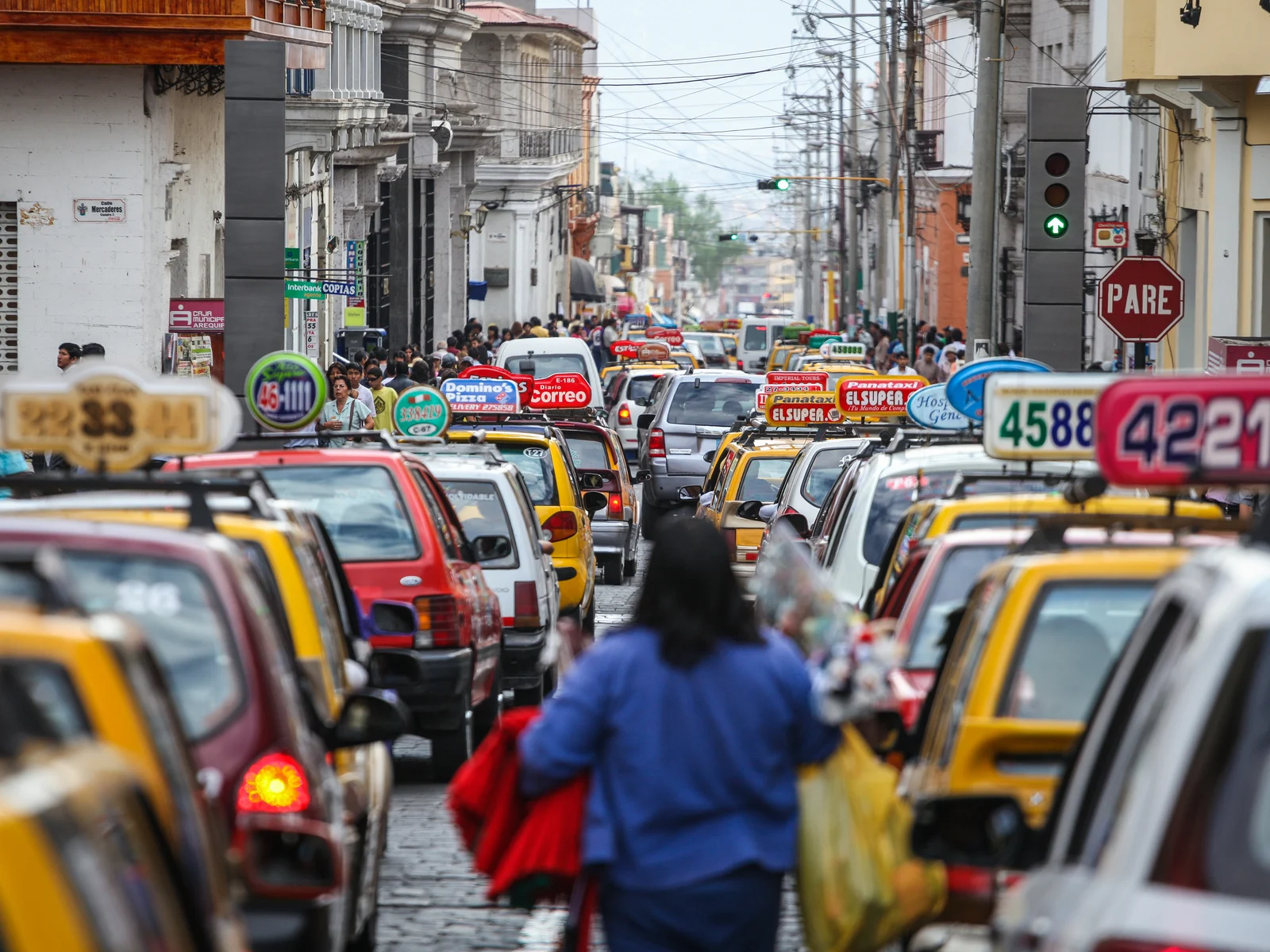
Martchan/Shutterstock
Safety is of the utmost importance, so we have gathered tips and local advice to keep you feeling safe throughout your entire Peru vacation.
Keep Your Purse or Backpack at Your Feet in Taxis
Store your bags at your feet to make it look less obvious that you have valuables with you, especially when arriving in Lima internationally.
Hide Your Cell Phone When Not in Use
Cell phones are easy and expensive items for pickpockets to swipe. Keep yours out of sight when it is not in use, but do not store it in your back pocket where it is easy to grab.
Avoid Taking Street Taxis
Be wary of street taxis. If you speak English, you will likely get higher than the regular fare. In some instances, street taxi drivers might up the price mid-drive.
Since street taxis are hard to identify, if you leave behind your phone or wallet, there is no way of getting it back. Uber, Cabify, and several other taxi apps are available in every tourist destination in Peru, so use these to your advantage.
You can also arrange transfers in advance with hotels or travel agencies. That way, if anything gets left behind, you can communicate with the driver, and they can return it safely to you.
Don’t Drink the Tap Water
The tap water in Peru is not for drinking unless it has been boiled. Bring along a reusable water bottle to refill at hotel water stations. Otherwise, you will need to purchase bottled water to stay hydrated.
Take Sorojchi Pills Before Going to High Altitude
Sorojchi Pills are a preventative measure against altitude sickness. Taking a pill before arriving at altitude will help reduce or eradicate symptoms like nausea and vomiting.
You are still likely to feel short of breath during your first days in altitude, but these pills will make your stay much more comfortable.
Be Aware of Your Surroundings
Theft is much more likely to occur when you are not focused on what is going on around you. Pickpockets and thieves look for people they can catch off guard, and theft can happen in the blink of an eye, so keep an eye on your surroundings. You won’t be able to see everything, but thieves are aware of those who look aware.
Learn Some Basic Spanish
Knowing a little bit of the local language will help you blend in and better understand situations as they occur. Learn some Spanish phrases you might need in an emergency to better get the help you need.
For example, note down ingredients you have allergies to and share them with a waiter as you order to avoid unpleasant food experiences that could lead to utilizing the phrases you practiced.
Frequently Asked Questions
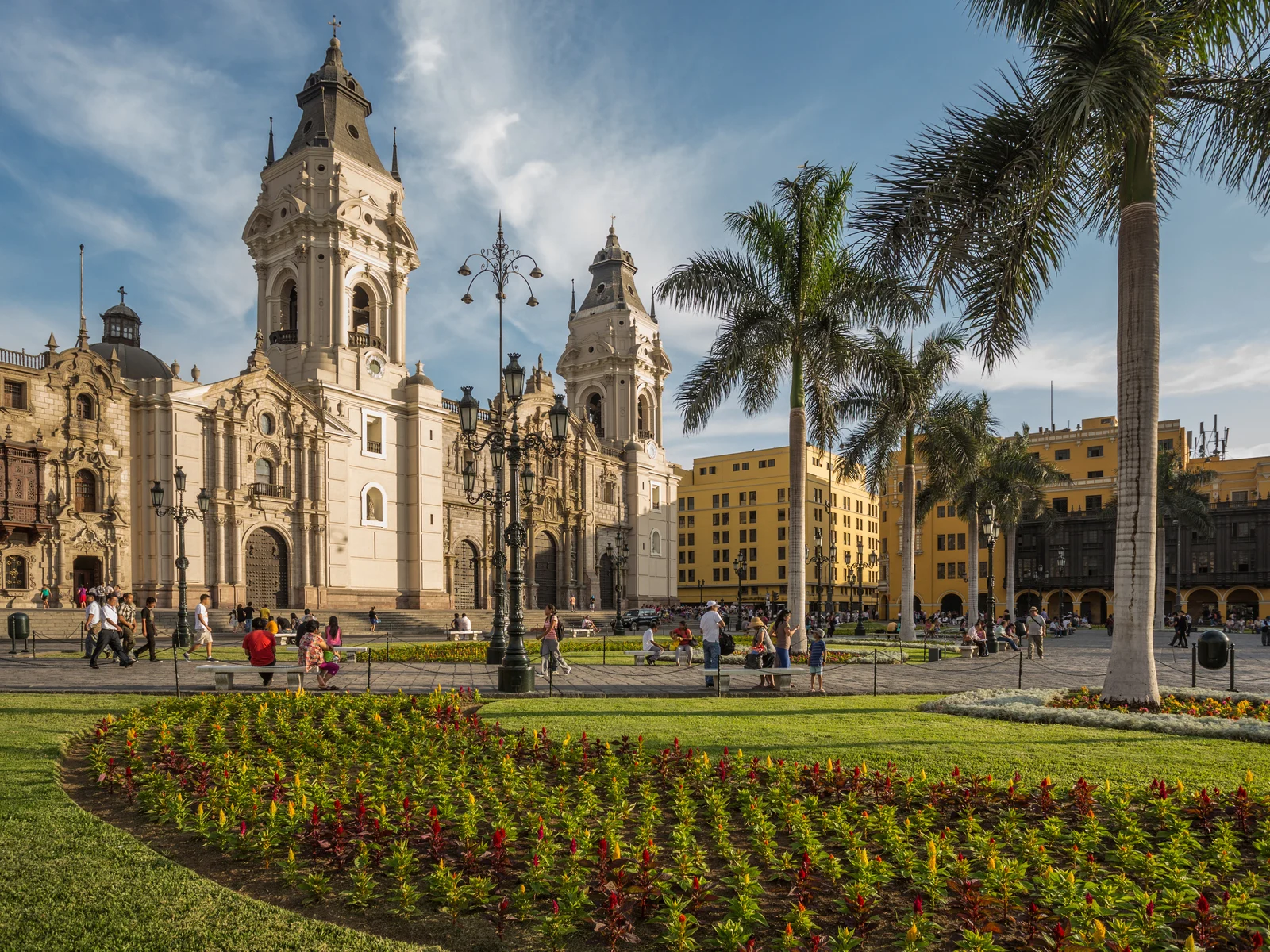
Christian Vinces/Shutterstock
If you have questions, we have the answers. Find information on the most frequently asked questions about safety in Peru below.
Can I walk around Lima at night?
Yes, Lima has a lively nightlife scene, and you can walk around Lima safely at night. Areas like Miraflores, Barranco, and San Isidro are where the top-rated Lima restaurants and bars are and are also the safest neighborhoods.
Of course, if you are walking around at night, be mindful of your surroundings and keep valuables out of sight. Taxis are very affordable in Peru and are a safer option, especially for solo travelers exploring Lima’s nightlife.
Do I need travel insurance for Peru?
Yes, it is highly recommended to get travel insurance before going to Peru. Why? Because there are many moving parts involved in a Peru trip like train tickets, Machu Picchu tickets, hotels, and domestic flights.
If any one piece is affected by a flight delay, it can be costly to adjust to your new travel schedule.
Travel insurance will give you peace of mind that should you fall ill, have a flight cancellation, or any other emergency, you will be reimbursed for some, if not all, services.
Is Machu Picchu safe?
Machu Picchu is very safe and highly monitored by staff and guides. It is hard to sneak in food, let alone dangerous weapons. Of course, Machu Picchu is a citadel on a cliffside.
In order to preserve this protected UNESCO heritage site, railings are limited. Be cautious when hiking in Huayna Picchu or Machu Picchu Mountain because some areas have steep drop-offs as you climb to the summit.
The bus ride up to Machu Picchu is a jarring ride up the mountain on switchback roads. It is perfectly safe; just don’t sit next to the window if you’re afraid of heights.
Can I travel to Peru alone?
Yes, you can travel to Peru alone as a solo male or female traveler. Forethought is the best way to keep solo travelers safe, so plan transfers and hotels in advance so that you don’t arrive at a destination without any surprises.
Peru has many affordable hostels for solo travelers on a budget.
Keep in mind that some services require a minimum amount of passengers to depart. For example, if you’re hiking the Inca Trail, you should opt for a group hike rather than in private to keep costs affordable.
Is it safe to travel to Peru with children?
Yes, kids of all ages visit Peru, with some destinations being more kid-friendly than others. You know your kids best, so deciding on what activities your family wants to do will be the best way to choose which locations in Peru to visit with your family.
Some areas of Peru are more kid-friendly, like Lima, Cusco, or the Amazon Rainforest. Other parts of the country are better suited for adults, like Lake Titicaca or Arequipa, since they are high in altitude and have fewer child-friendly tours.
What vaccinations do I need to visit Peru?
The CDC recommends visitors to Peru have their routine vaccinations like:
- Chickenpox (Varicella)
- Polio
- Flu (influenza)
- Shingles
- Diphtheria-Tetanus-Pertussis
- Measles-Mumps-Rubella (MMR)
Other recommended vaccinations include:
- Hepatitis A & B
- Malaria
- Typhoid
- Rabies
- Yellow Fever (if traveling to the Amazon)
So, Is Peru Safe to Visit?
Peru is a safe destination for tourists to visit, especially if you are prepared and aware. Visiting Peru has a lot of logistics, but with advanced planning, your trip can go like clockwork.
If safety is a concern for your Peruvian adventure, plan your trip with a travel agent who knows the best routes for altitude acclimation and can prearrange every step of your journey for total peace of mind.
With so many breathtaking landscapes and amazing things to do in Peru, fear shouldn’t be a companion on your trip.
With these safety tips and local advice, your Peru trip will be one you remember for all the right reasons. Now that you’ve learned about safety in Peru, all you need to do is book your trip and pack your bags. Safe travels!



